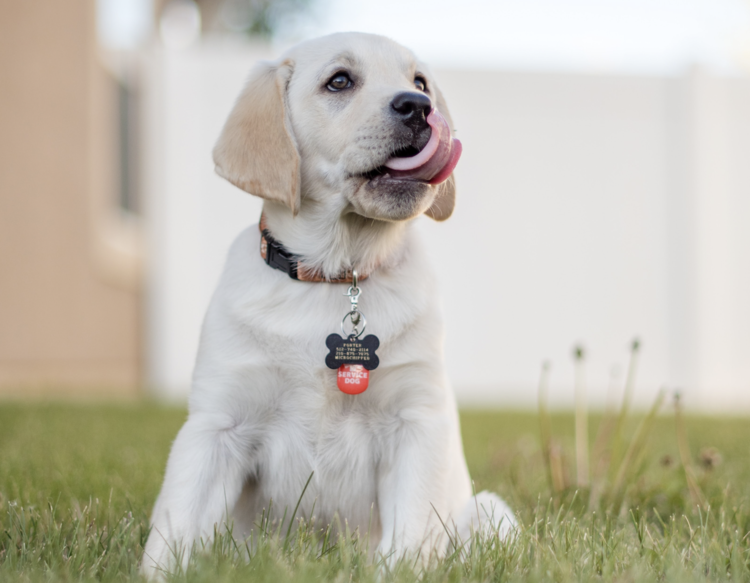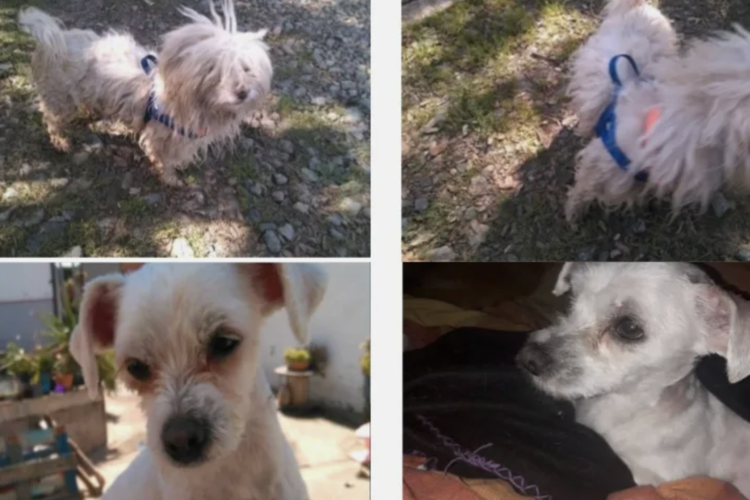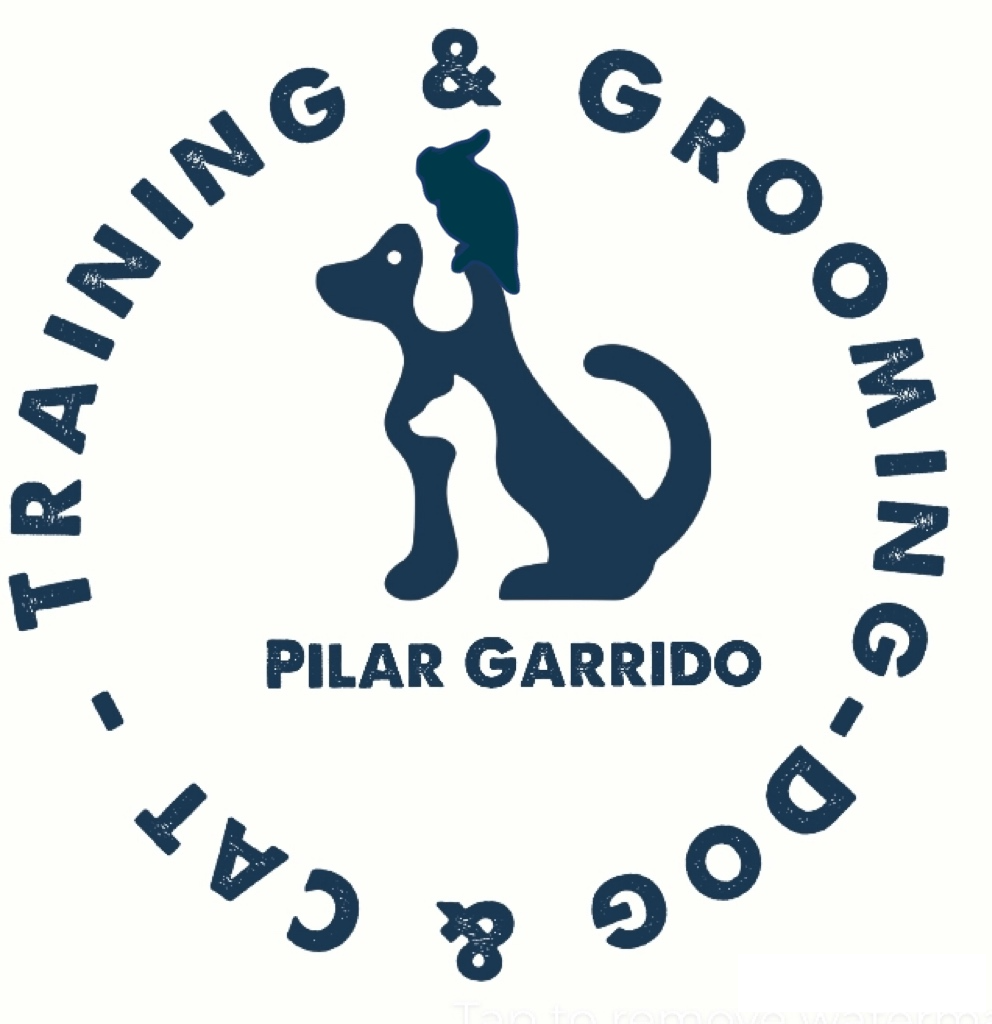How To Prevent Your Dog From Getting Lost
Dog Tips, Oct 26, 2021
By Pilar Garrido for www.dogwhispererhq.com

“Lost Dog” posters are always disheartening to witness. Dogs suffer a lot when they get lost, and families grieve their missing pet. Many dogs aren’t abandoned by their families; the dogs simply escape from home fences and are wandering around looking for their owners.
While reading posts from animal shelters past weeks, I was shocked to discover that a lot of dogs have been found on the streets. Some had a collar and leash, and many were without name tags or microchips. The ones found without a collar may have had one that just wasn’t properly placed on the dog, and came off.
As a dog trainer and groomer, putting the collar on properly is something I always stress to owners. A dog can remove a collar when it’s not placed correctly. The collar must not be tight or loose; a good rule is to use two fingers as a measurement between the dog’s neck and the collar.
“As a dog trainer and groomer, putting the collar on properly is something I always stress to owners. A dog can remove a collar when it’s not placed correctly. The collar must not be tight or loose; a good rule is to use two fingers as a measurement between the dog’s neck and the collar.”
Normally, when an animal shelter finds a dog without a name tag or a microchip, it waits ten days for the owner to show up. After that, the dog is put up for adoption. Once the new owner places a microchip on the dog, it becomes difficult for the previous owner to recuperate her.
There is also the possibility that a dog can be sent a thousand miles away to other states, or even to other countries, for adoption. Recovering a lost dog, in these cases, is highly unlikely.
(⬇️SCROLL DOWN FOR SPANISH TRANSLATION ⬇️)
The Story of Little Bichi

Little Bichi was found by an APAC volunteer as the pup was wandering, for two days, on the same street. She didn’t have a microchip, and her collar was too tight; the dog was having difficulty walking and breathing. However, she was very approachable and well-behaved. You could tell she came from a family that treated her well overall. She was not wearing a microchip, so it was difficult to trace the owner. She is now awaiting adoption.
What We Need to Do to Prevent Lost Dogs
1. Give Your Dog A Microchip
This is a great safety measure but some people hold back. We think it can be painful and our dog don’t need it because they’re usually at home. It can also be pricey. It’s important to ask yourself: which is more expensive — the microchip or the emotional price of not finding your dog if she gets lost?
This special 1.5 centimeter glass capsule with the thickness of a grain of rice has a transponder with a unique code that holds the dog’s identification. The owner’s information is also embedded into the device. When the dog gets lost, any veterinary center can scan the content of this capsule. This chip provides the security and comfort we need. This is especially important for those who love to go out with their dogs, walking the streets, hiking in the mountains or going on travels. A microchip provides a peace of mind.
2. Always Use A Name Tag
The sound of a dog’s name is music to their ears. Just because the dog has a microchip, doesn’t mean she doesn’t need a tag. A dog should wear a tag with the owner’s information on it. When the dog gets lost, people can call the owner right away. It also calms the dog down when someone knows her name and says it. The name tag can be made almost anywhere, such as in a veterinary center, dog grooming center or in a pet store.
3. Do Not Leave Your Dog Unattended
Dogs, by nature, love to play and like to explore their surroundings. I once went to throw away trash and my little dog unexpectedly found a way to follow me. She discovered a small hole in the fence and took advantage of it. Since I had trained her to follow commands, I was able to keep an eye on her. However, this kind of situation can become precarious. Houses with playgrounds need to have adequate fencing so that big dogs can’t jump over, and little ones can’t go through openings easily. We should monitor our dogs’ whereabouts at all times.
4. Get A Dog GPS Or Anti-Lost Tracker
It’s very common nowadays to find this type of device; it can easily be installed to monitor the movement of our dogs. Prices vary, but due to market competition, they are becoming inexpensive. These trackers are commonly used with police dogs, hunting dogs, search and rescue dogs, as well as parrots and birds of prey that practice free flights. These products are usually waterproof and allow us to monitor our dogs in real-time. We can set up parameters that alert us the moment our dog walks out of designated boundaries. The devices are very small and can fit easily without obstructing a collar. Like a mobile phone, they can last three to five days when charged. There are companies out there that offer monthly subscriptions, or you can buy one and do the set up yourself.
5. Teach Your Dog to Obey (Really Obey) Commands
‘Come!’ is a very simple command but, unfortunately, 90 percent of dogs learn to disobey it. This is because someone in the family did not teach the command correctly early on. This command should not have a margin of error because the word itself is vital and can save our dogs from danger.
When you have a puppy or a dog that is already learning to disobey the command ‘come,’ you need to go back and find out what went wrong. Sometimes the answer is simple. A family who has a puppy or a dog for the first time may use the word incorrectly when they see their dog doing something wrong. They raise their voice and tell their dog to ‘come,’ so that they can discipline them. Ultimately, the dog will associate ‘come’ with negativity, and therefore won’t follow the command.
Dogs in general will not obey people who are nervous and get easily frustrated. Dogs always look to humans for leadership. To have a good bond, we need to know our dog’s behavior and how to motivate her. This includes knowing what she likes and dislikes. Never call your dog to scold her or break that bond with fear tactics. Always call her using a confident and happy tone, and positive, calm and relaxed energy.
Games are good positive reinforcement. We need to use the word ‘come’ when playing with toys with our dogs for five minutes, and then give her a treat as a reward. Always end each game on a positive note. She needs to know that ‘come’ = ‘reward’ (treat).
